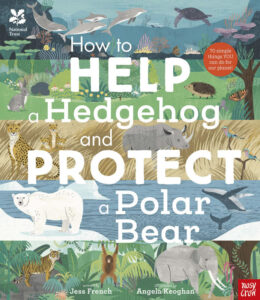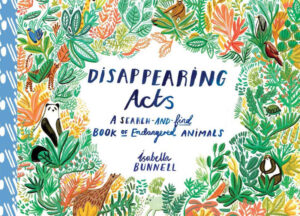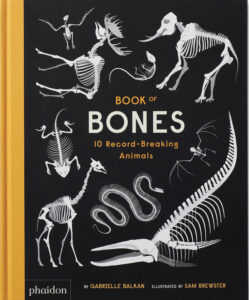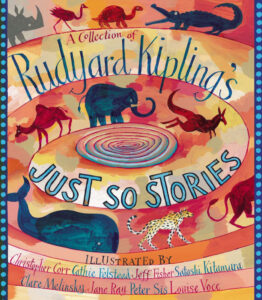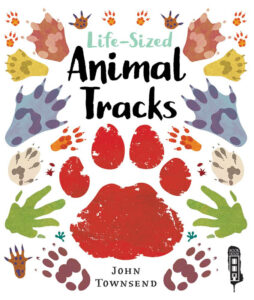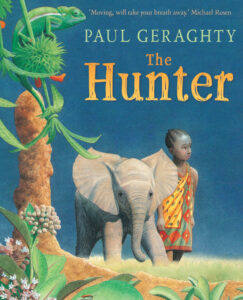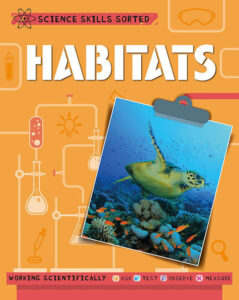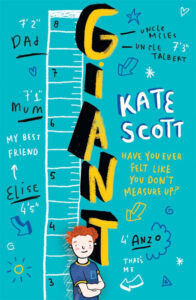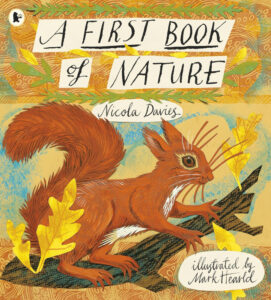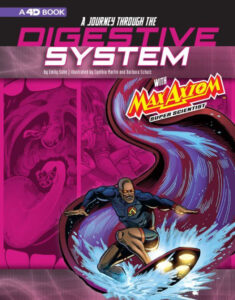Learn how you can save endangered animals and make the world a better place, too!
From beetles and butterflies, to puffins and polar bears, animals and habitats all over the world need our protection. In this beautifully illustrated book, children (and adults!) can learn about thirteen different habitats – gardens, hedgerows, heathlands, woodlands, highlands, wetlands, the coastline, freshwater, oceans, savannahs, jungles and mountains – and simple everyday ways we can protect them.
Find out how to help hedgehogs in your own back garden or spread the word about endangered animals further from home, as you discover all the little things you can do to make a big difference. Including 70 everyday ways you can save our planet!







